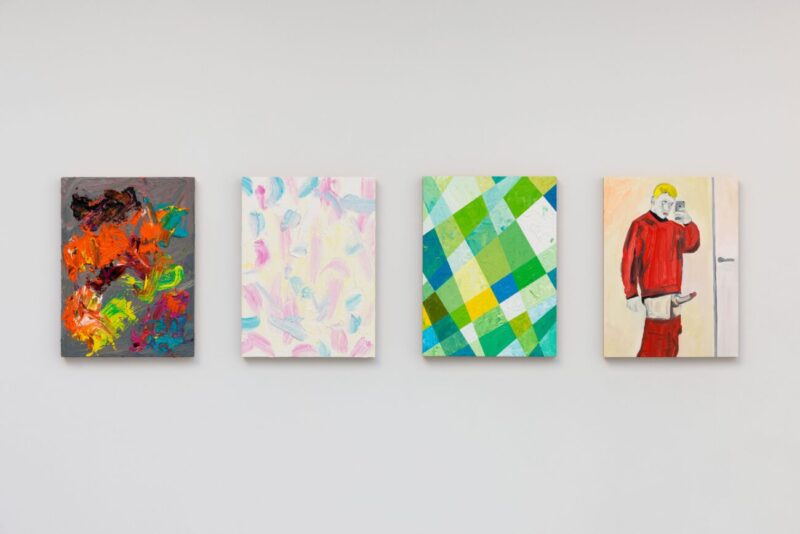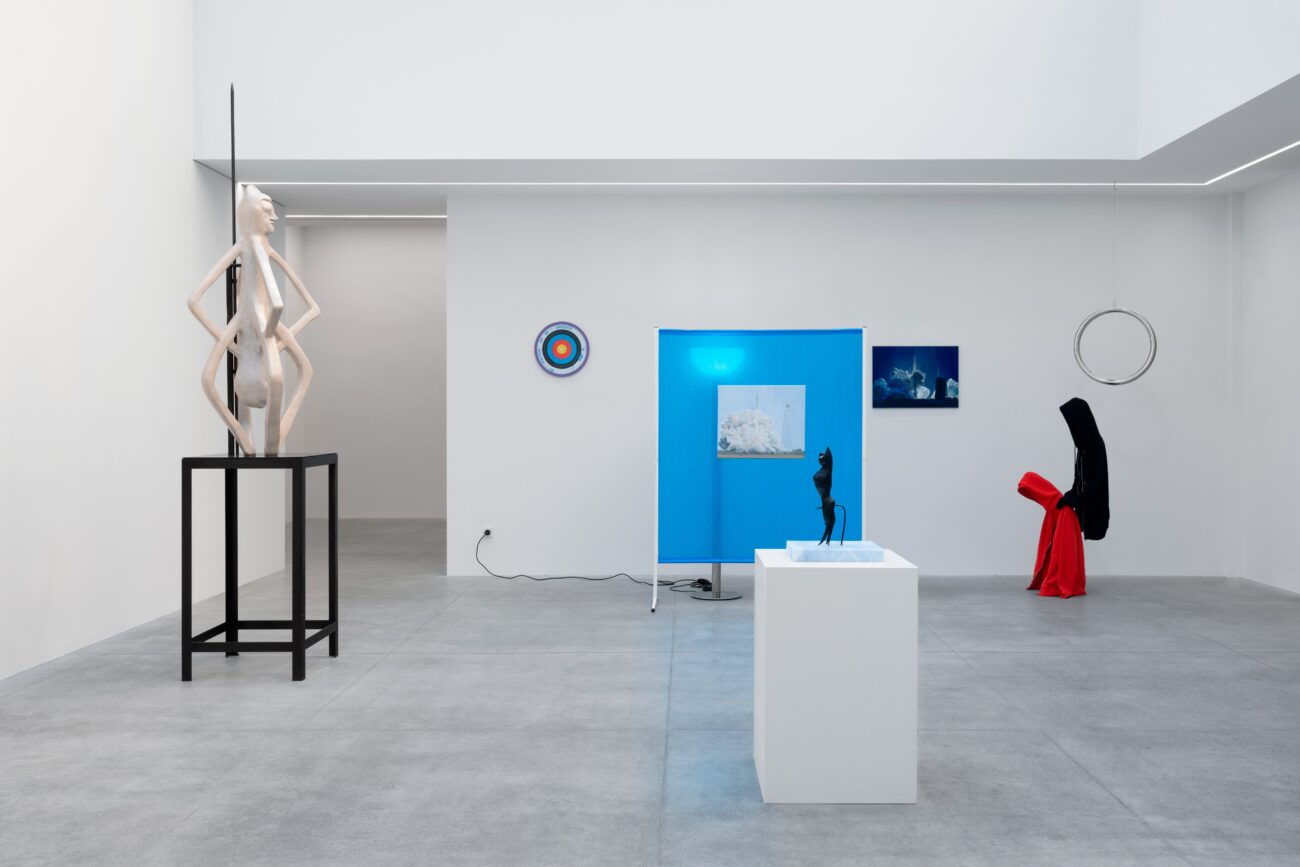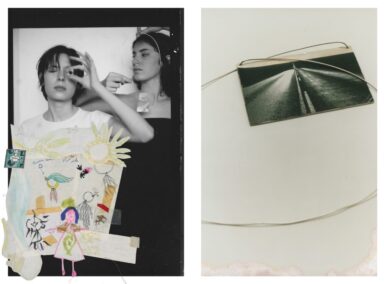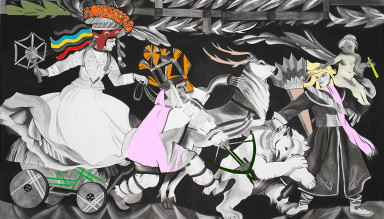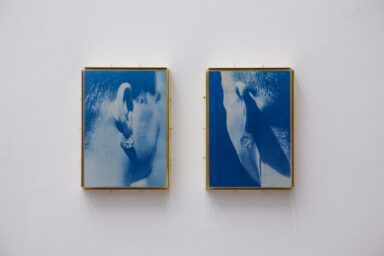Vistamare Milano presenting untill April 29, Alea iacta est, a group show curated by Milovan Farronato
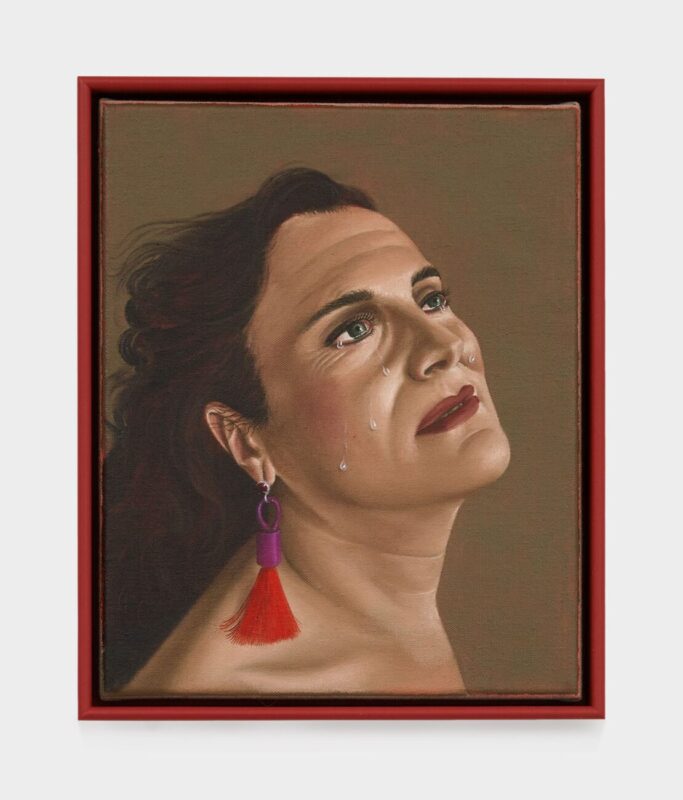
For his return to Italy, Benedetta Spalletti and Lodovica Busiri Vici invited the curator to recall the experiences of his London years through the relationships with the artists that most marked his path.
Within an original narrative framing that draws its inspiration from tarot card reading, the works on show – all of which are new or recent – lead the viewer into complex network of artistic and personal relationships which Milovan Farronato has established over the course of a decade in London, from 2013 to 2020.
Alea iacta est brings together the work of fifteen artists with whom the curator has established particularly fruitful, lasting and interesting relationships in a wide range of stimulating circumstances: Enrico David (1966, Ancona), Patrizio di Massimo (1983, Jesi), Anthea Hamilton (1978, London), Celia Hempton (1981, Stroud, UK), Camille Henrot (1978, Paris), Maria Loboda (1979, Krakow), George Henry Longly (1978, London), Goshka Macuga (1967, Warsaw), Lucy McKenzie (1977, Glasgow), Paulina Olowska (1976, Gdansk), Christodoulos Panayiotou (1978, Limassol, Cyprus), Eddie Peake (1981, London), Sagg Napoli (1991, Naples), Prem Sahib (1982, London) and Osman Yousefzada (1977, Birmingham).
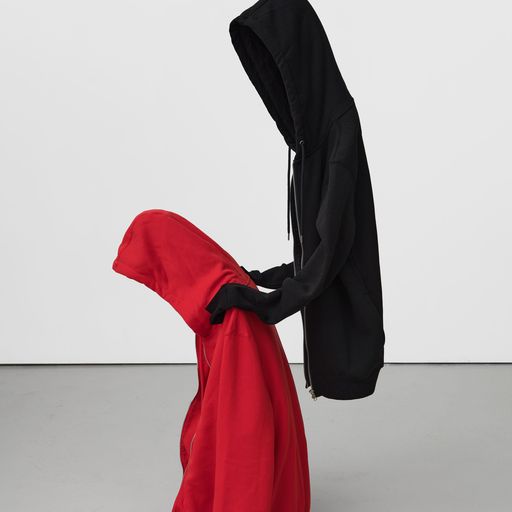
The die is cast, the cards have been chosen and correctly positioned on the table. Each of them represents an omen, a warning or an enigmatic recommendation. Laid out like tarot cards in the gallery space, the works stick to the courses a divinatory reading most commonly takes. The unturned deck is placed on the right, while the four external influences are laid out side-by-side on the left. Forming a cross in the centre, we find the cards representing the asker, his present and his future, the answer to the question his asking, and, finally, the advice the deck will offer spontaneously. If the artworks, or the groups of works of art, represent the arcane, the gallery is the three-dimensional space in which they take up position, ready for an entirely novel but reliable reading. And, as is always the case with cards and card games, chance plays a central role, determining their position and their combinations.
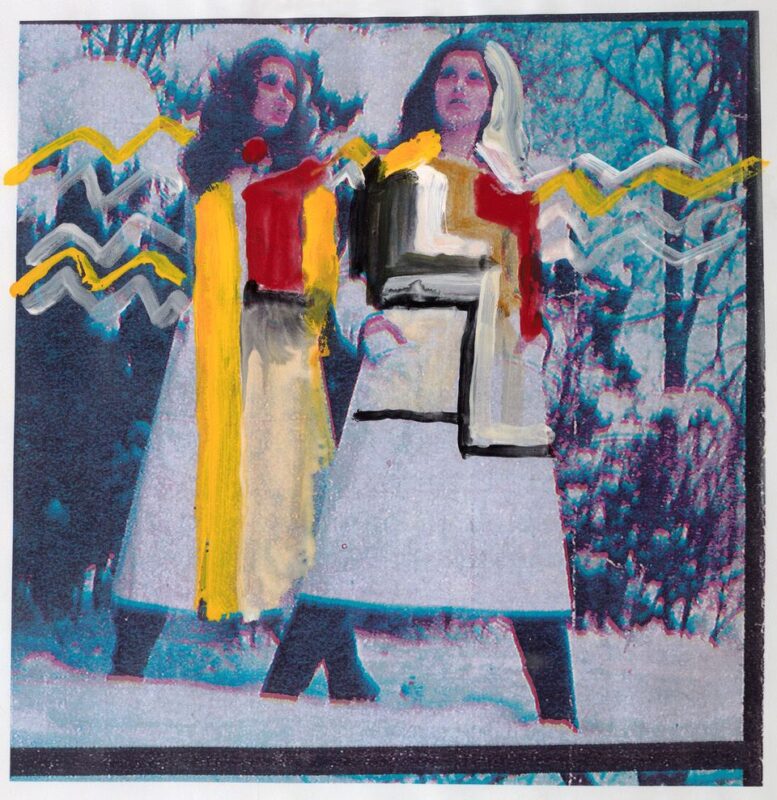
The secrets contained in the works that Christodoulos Panayiotou has folded and tipped onto the floor represent the deck of unrevealed cards, while new works by Patrizio di Massimo, Anthea Hamilton, George Henry Longly and Lucy McKenzie are the four external influences. But what role has been assigned to the other participating artists – Enrico David, Celia Hempton, Camille Henrot, Maria Loboda, Goshka Macuga, Paulina Olowska, Eddie Peake, Sagg Napoli, Prem Sahib and Osman Yousefzada? Was it really a coincidence that dictated the rules of of the game or, as Stéphane Mallarmé claims, coincidences are always guided and so Farronato rolled the die several times in order to find the most benevolent solution? At the end of the day, as the British novelist Jeanette Winterson contends, “Autobiography is only art and lie.”
